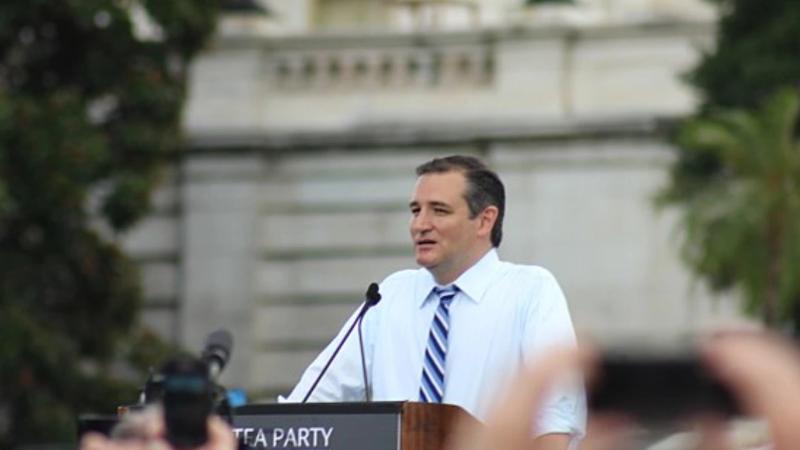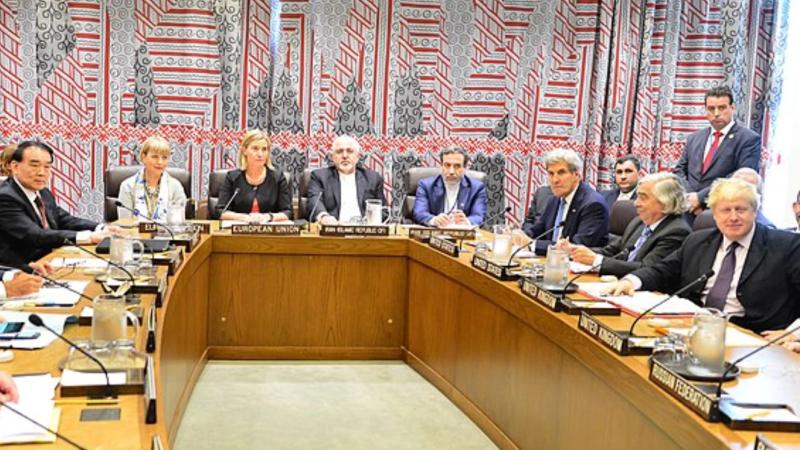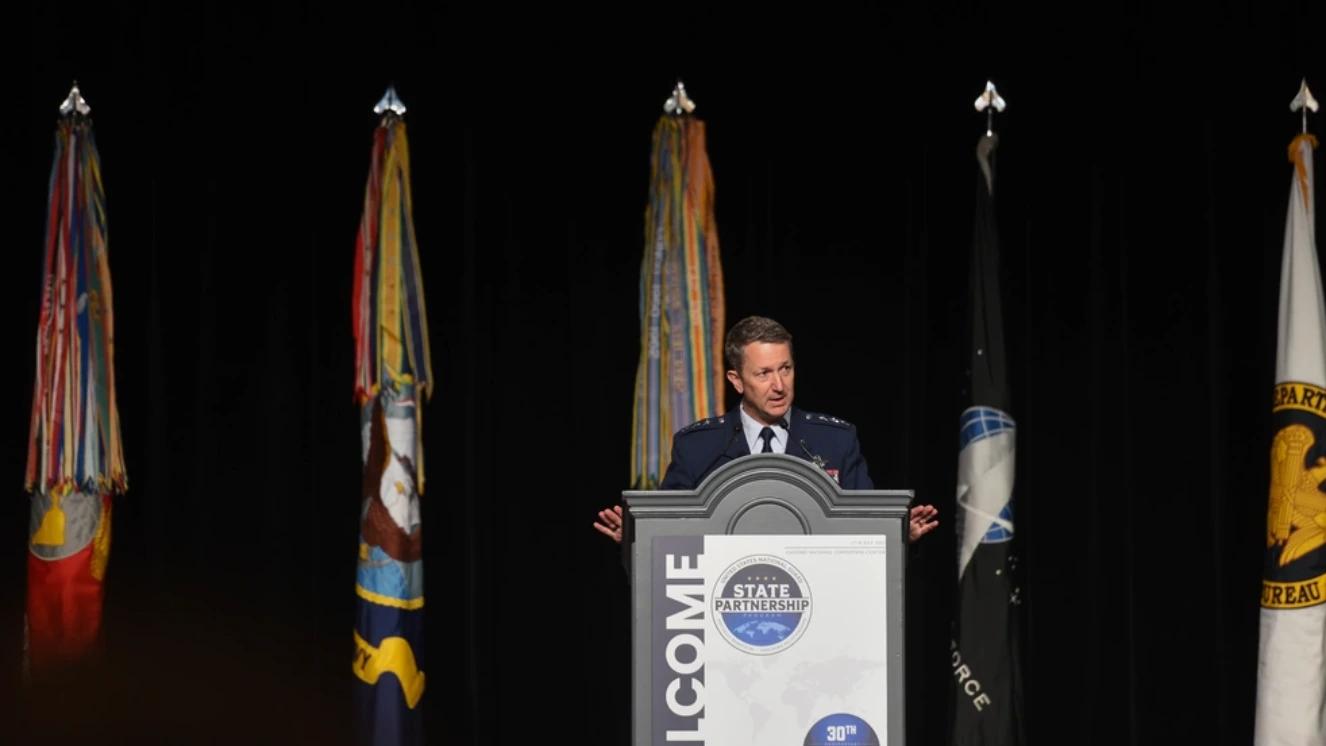AN IRAN NUCLEAR DEAL COULD EASE TENSIONS, BUT A LOT NEEDS TO BE IRONED OUT

In 2015, the Obama administration and several other world powers came together to form the Joint Comprehensive Plan of Action (JCPOA). Most people know this as the Iran nuclear deal, and it was aiming to limit the nation’s ability to create nukes. President Donald Trump, coming into power during his first term, derailed this deal, but now there is a renewed interest in creating a new deal. The problem? Nobody wants to agree on the terms to get it done.
Why the Iran Nuclear Deal Failed
The Iran nuclear deal came to a halt following the withdrawal of the United States under Trump in 2018. Because of this, Iran went back to its own guidance and ignored the limits of the deal after facing renewed sanctions. Both nations have said they want a new deal in place but disagree on the terms and conditions.

JCPOA’s Nuclear Restrictions for Iran
The Iran nuclear deal framework meant the Middle Eastern nation couldn’t create nukes because Tehran agreed to forgo the production of highly enriched uranium or plutonium.
In doing so, Iran was designating its nuclear facilities explicitly for civilian purposes and also saw the nation agree to limits of the amount of enriched uranium and number of centrifuges stockpiled and in operation.
Furthermore, everyone needed a way to hold Iran accountable, so the nation agreed to let inspectors from the International Atomic Energy Agency (IAEA) keep tabs on their operations and even report nuclear sites if Tehran failed to do so.
If followed, the JCPOA had terms that could keep Iran from building nuclear weapons for at least ten years, however, things would deteriorate relatively quickly.
President Trump Withdraws From JCPOA, Reimposes Sanctions
Despite a strong start, the Iran nuclear deal went south in 2018 after President Trump withdrew the U.S. and brought back the sanctions that were lifted for the nation.
Trump’s main concerns were that Iran could still cause conflict through its missile program, regional influence, and ultimately, nuclear weapons could still be created down the line.
As a result of the backslide, Iran went back to its old ways, outpaced the agreement’s uranium stockpile limits in 2019, produced higher enrichment levels, created new centrifuges, and restarted its work at various facilities, including Arak and Fordow.
Things got even worse in 2020 when Iran stopped complying altogether following rising tensions and attacks.
This includes limiting IAEA inspections and reaching 84% enrichment levels at Fordow. Currently, Iran has a stockpile of enriched uranium that could be elevated to 90% and yield six nuclear weapons if successful.

A New Iran Nuclear Deal Could Cool Tensions, But Hurdles Persist
The relationship between Iran and the nuclear deal that came before didn’t end well, but that doesn’t mean there aren’t still cards to play.
Truth be told, both sides are willing to engage in indirect talks, but it’s coming to agreeable terms that is still standing in each other’s way.
Iran wants America to back off and is insisting that military options can’t be a part of the talks. Discussions are to take place in Oman on April 12, 2025, and they come at a time when tensions are rising higher.
Even though President Trump wants to have talks about Iran’s nuclear program, he’s also sending signals and threatening military action if negotiations fail.
Iran may claim its nuclear dealings are peaceful, but the U.S. isn’t buying it, and the two nations are stuck in proxy warfare following the fallout from the Hamas terrorist attack in Israel.
Furthermore, Iran is refusing to allow the “Libyan model,” a method used by the U.S. and U.K. for the disarmament of Libya in 2003, and many experts believe that this would be an incorrect approach anyways.
Depending on how severe this standoff ends up being, the ramifications couldn’t be clearer.
It’s a high-stakes game where peace is the only successful path forward, and failure to find some sort of common ground could put American troops at the direct risk of yet another conflict in the Middle East.
A new Iran nuclear deal may have interest, but it’s going to need intention if the already-hostile region is going to find any sort of relief.
Suggested reads:



